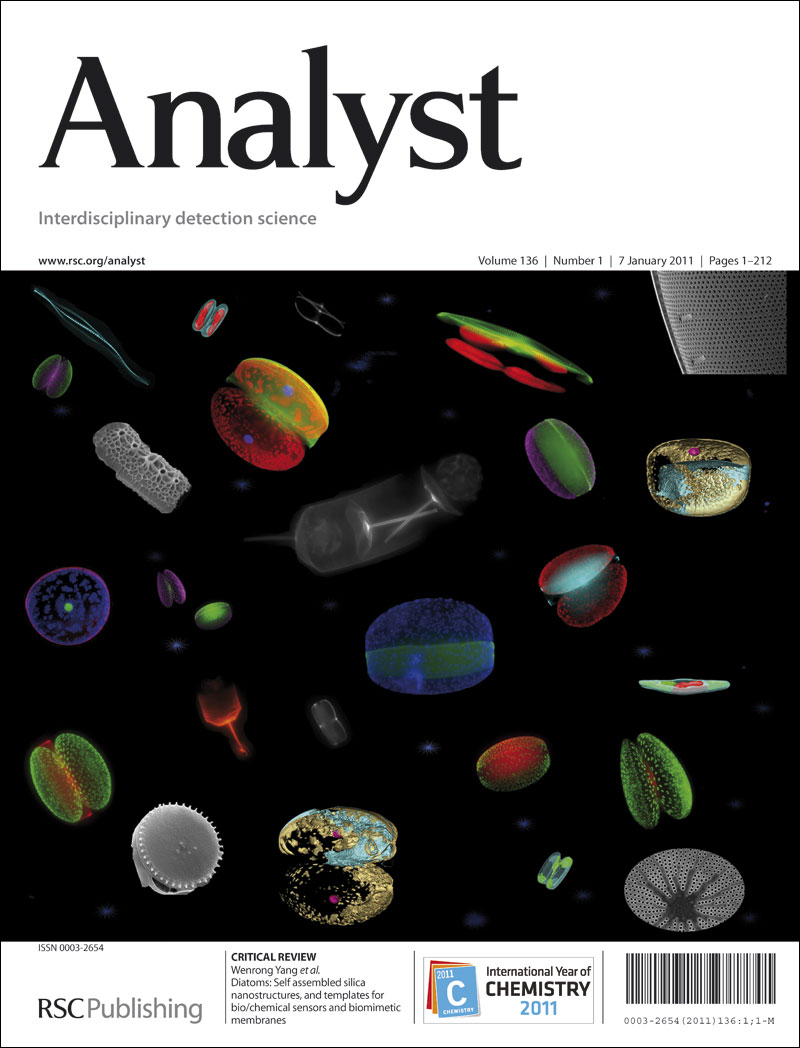电化学质谱法实时监测电化学反应的最新进展及应用
IF 3.3
3区 化学
Q2 CHEMISTRY, ANALYTICAL
引用次数: 0
摘要
电化学反应的实时监测对于推进能量转换与存储、电催化、有机电合成和电分析具有重要意义。尽管原位光谱和电化学技术取得了进展,但这些方法无法在电化学过程中同时直接解析和跟踪多个电生成物质。电化学质谱(EC-MS)通过提供直接的分子水平成分和结构信息,同时监测电极-电解质界面(EEIs)新生物种的进化,弥补了这一空白。在电离源和电化学电池不断改进的推动下,EC-MS方法扩大了功能范围,从在线检测反应产物到快速捕获转瞬即逝的中间体,以及最近同时实时跟踪多种中间体动态。这一进步确立了EC-MS作为电化学反应机理研究的有力方法。本文综述了EC-MS方法及其在有机电合成、电催化、锂离子电池和电化学发光等方面的应用进展。最后,我们概述了EC-MS技术目前的局限性和未来的发展方向,并预测了其在电化学反应监测中的广泛应用。本文章由计算机程序翻译,如有差异,请以英文原文为准。
Recent advances and applications of electrochemical mass spectrometry for real-time monitoring of electrochemical reactions
Real-time monitoring of electrochemical reaction is crucial for advancing energy conversion and storage, electrocatalysis, organic electrosynthesis, and electroanalysis. Despite progress in in-situ spectroscopic and electrochemical techniques, these methods fail to directly resolve and track multiple electrogenerated species simultaneously during electrochemical processes. Electrochemical mass spectrometry (EC-MS) bridges this gap by providing direct molecular-level compositional and structural information while simultaneously monitoring the evolution of newborn species at the electrode-electrolyte interfaces (EEIs). Propelled by the ongoing improvements in ionization sources and electrochemical cells, EC-MS methods have broadened the functions scope from online detection of reaction products to rapid capture of fleeting intermediates, and most recently, to simultaneous real-time tracking of multiple intermediates dynamics. This progressive advancement establishes EC-MS as a robust methodology for mechanistic investigation of electrochemical reactions. This review focuses on the recent advances in the EC-MS methods and the applications in exploring organic electrosynthesis, electrocatalysis, lithium-ion batteries (LIBs) and electrochemiluminescence (ECL). Finally, we outline the current limitations and future directions for EC-MS technology, forecasting its expanding utility in electrochemical reaction monitoring.
求助全文
通过发布文献求助,成功后即可免费获取论文全文。
去求助
来源期刊

Analyst
化学-分析化学
CiteScore
7.80
自引率
4.80%
发文量
636
审稿时长
1.9 months
期刊介绍:
"Analyst" journal is the home of premier fundamental discoveries, inventions and applications in the analytical and bioanalytical sciences.
 求助内容:
求助内容: 应助结果提醒方式:
应助结果提醒方式:


